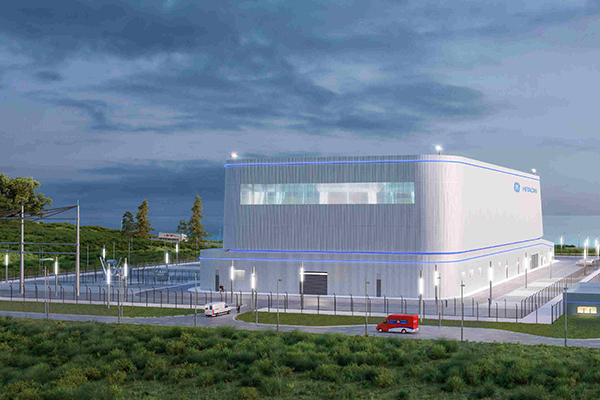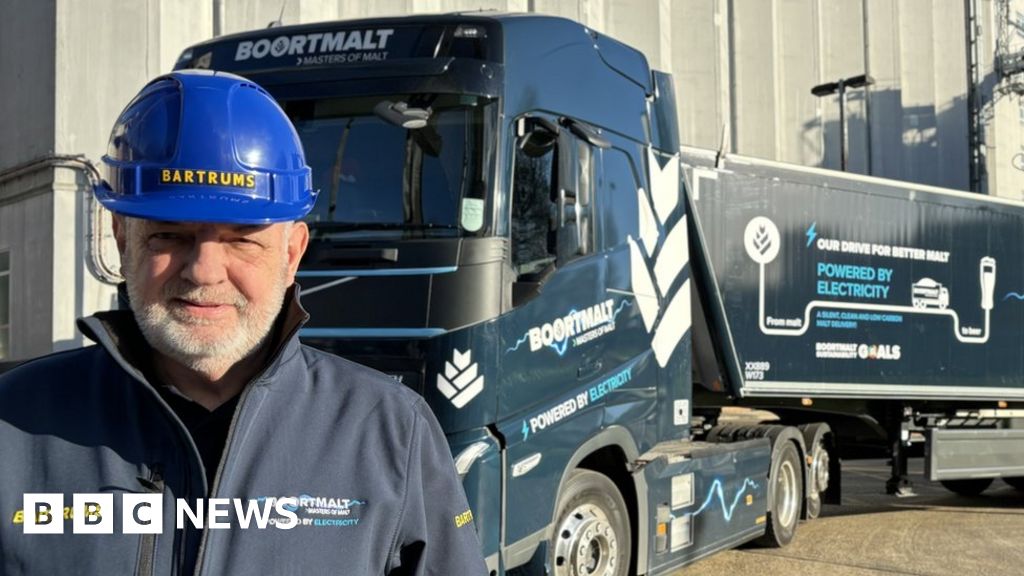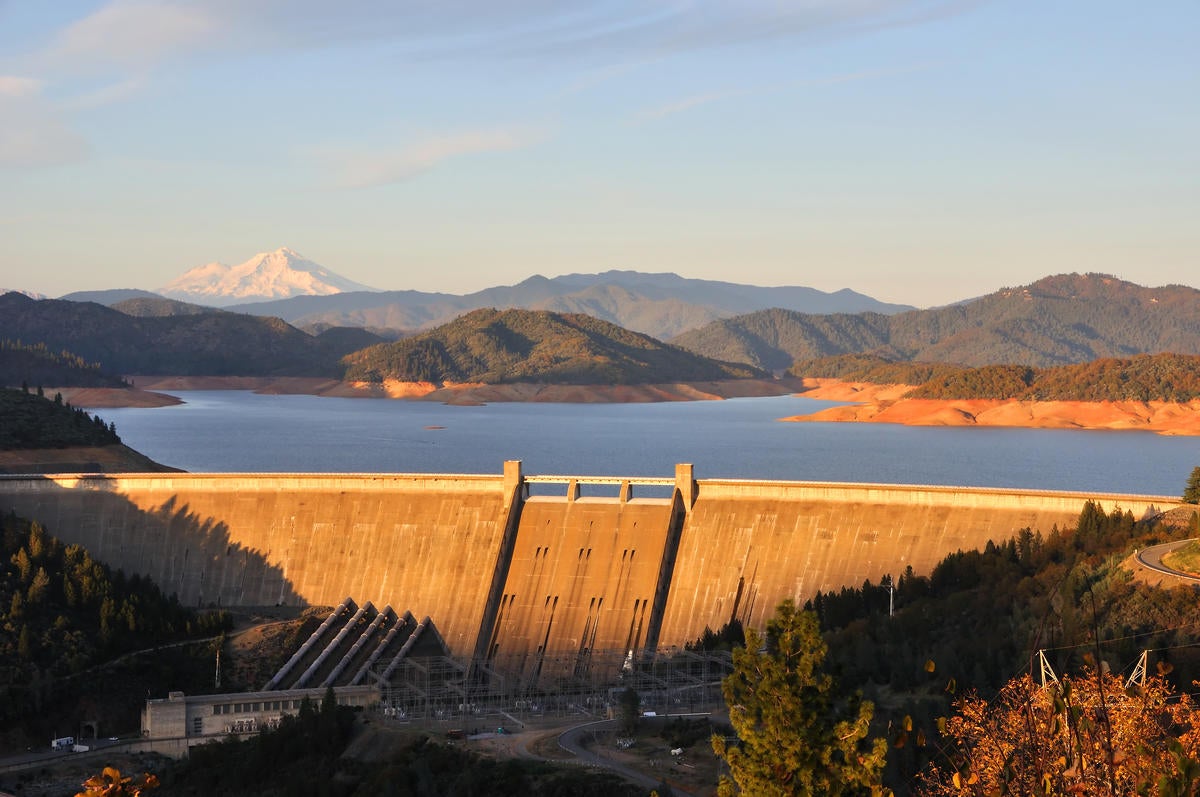Renewable energy will this year shrink fossil fuels’ reigning share of the global electricity market for the first time. That is the key finding of
Ember-climate.org, a leading energy think tank based in London, which on Wednesday published its first comprehensive Global Electricity Review analysing data from 215 countries. Renewables expanded by an average of 3.5 percent a year during the past decade, compared with an annual 1.5 percent in the previous decade, as prices for photovoltaic panels and wind turbines climbed down and their productivity soared...this year, said Ember, they will also roll back fossil fuels’ market share by 2 percent – the beginning of a decade-long process of knocking them out of electricity production altogether in three dozen developed economies.
Ember estimates that renewable generation this year will add a gargantuan 1,221 terawatt hours of electricity supply, compared with 513 TWh added last year. [The] prediction relies on hydroelectric power recovering from five years of drought, and nuclear power continuing to provide just over 9 percent of the global mix. “The energy transition that’s happening in Germany is in large part because of the anti-nuclear movement. [It] helped launch the citizen energy movement, which has installed solar and wind farms, biogas plants, and really made possible the near-exponential expansion of renewable energy there.”
Last year China created about 29 percent of the world’s greenhouse gas emissions, twice those of the United States. But it also installed half the world’s solar panels and 60 percent of the world’s wind turbines, easily rating as the green energy transition leader. It manufactures as much as 85 percent of the solar panels the rest of the world installs. It is also a leader in the electrification of transport and heating, two of the most polluting sectors of the economy after electricity production. Last year it put more electric vehicles on the road and heat pumps into homes than the rest of the world combined, and was responsible for almost all new electricity demand.
“Right now the very broad spread of renewables, and especially solar, is partly based on the very large subsidies China is giving to photovoltaic infrastructure,” energy analyst Miltiadis Aslanoglou told
Al Jazeera; “Its goal is to dominate and wipe any competitors off the map so that in the coming years it will have a technology monopoly.” The European Union and the US, leading markets for Chinese photovoltaics, are both beneficiaries and victims, Aslanoglou said.
Not unlike China, Europe and the US have opted for state-led solutions.
The EU’s 2020 Recovery and Resilience Fund set aside 270 billion euros ($290bn) in subsidies and loans for renewable energy installations and grid upgrades. Two years later, US President Joe Biden’s Inflation Reduction Act set aside $783bn in renewable energy and climate change mitigation measures.
“The energy transition is inevitable and not something you should delay or something you can prevent. If something creates a new dependence, you have to manage the tradeoffs.”
 namrc.co.uk
namrc.co.uk
 en.wikipedia.org
en.wikipedia.org







